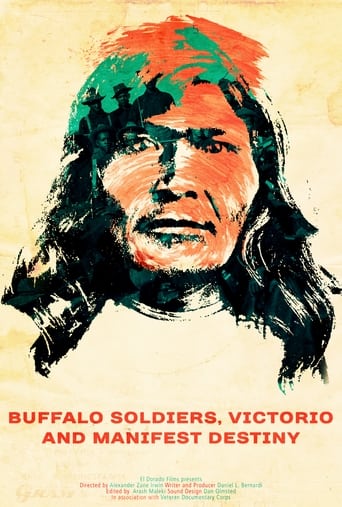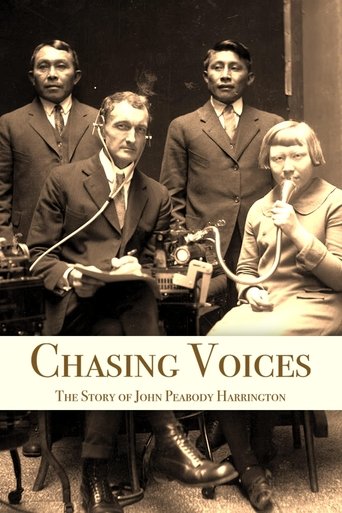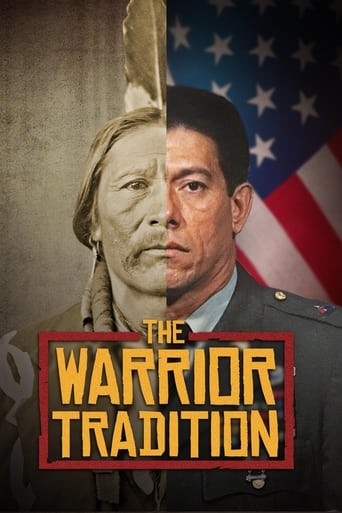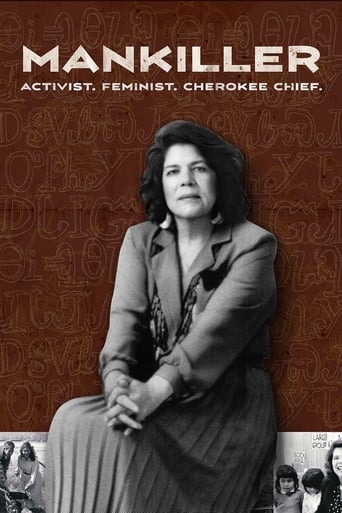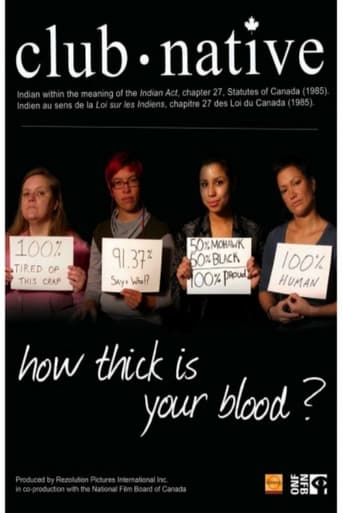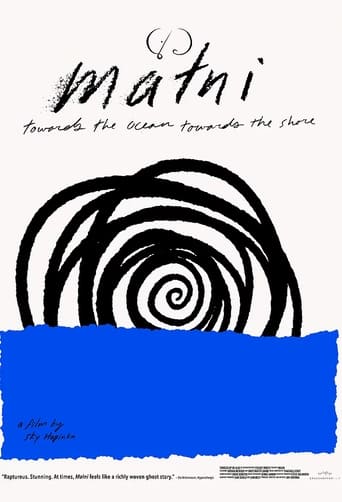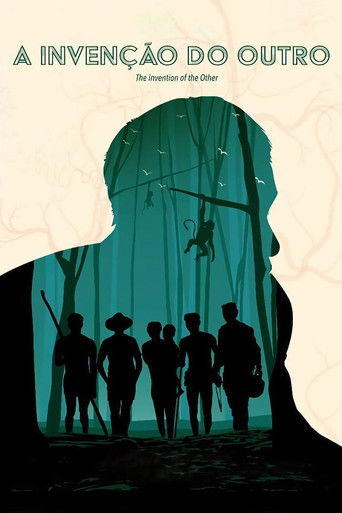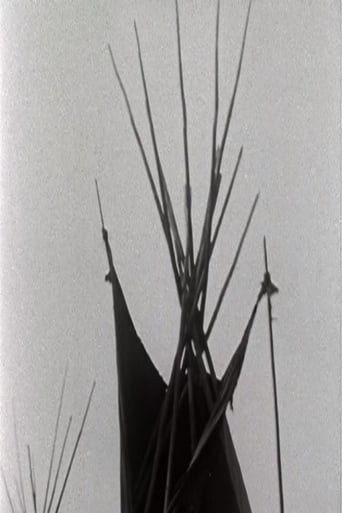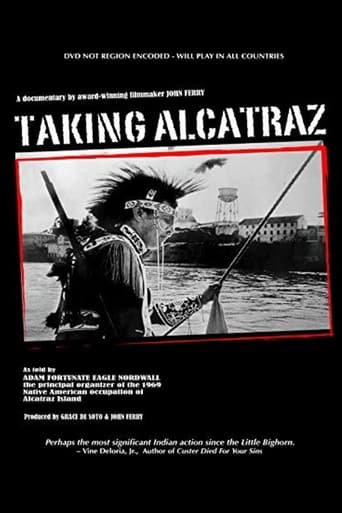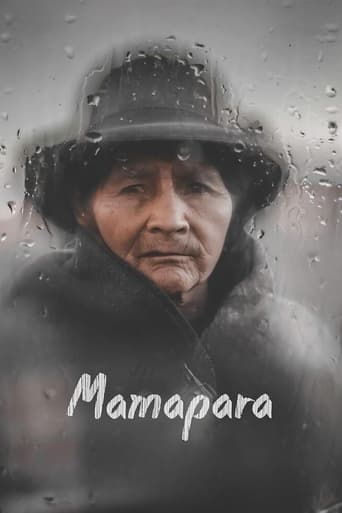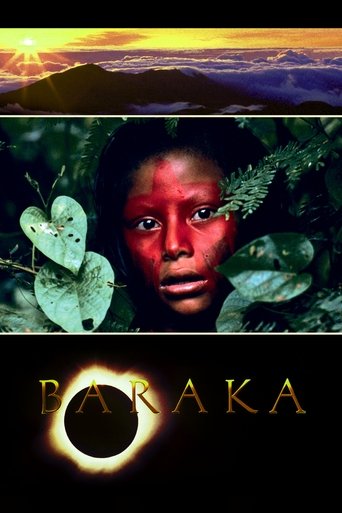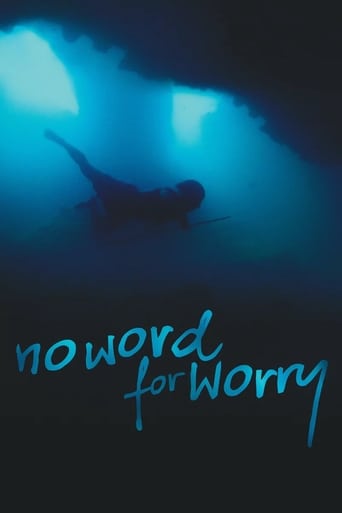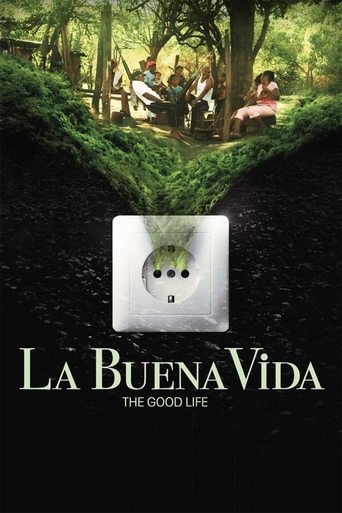
The Days of EJD and Concert Services: A Northwest Rock & Roll Story
EJD's Teen Dances - a northwest rock n' roll story" is an amazing tale about a middle school math teacher answering the pleas of his young students, "there's nothing to do on the weekend". A northwest entertainment phenomenon was born when Ed Dougherty began organizing teen dances at the local armory auditorium in Salem Oregon. EJD Enterprises was soon formed and brought to town most of the biggest groups of the 1960's and 70's including The Dave Clark Five, Sonny & Cher, Paul Revere & The Raiders, Steppenwolf, Three Dog Night, The Doors and countless others. Ed Dougherty's method of operation which provided a safe place for teens to go and have fun made these dance/shows a huge success during this very special time in music history. His reputation of providing a safe, secure environment attracted artists in the entertainment world. His work as a respected concert promoter continued to grow into the next three decades to encompass the entire northwest region and beyond.


